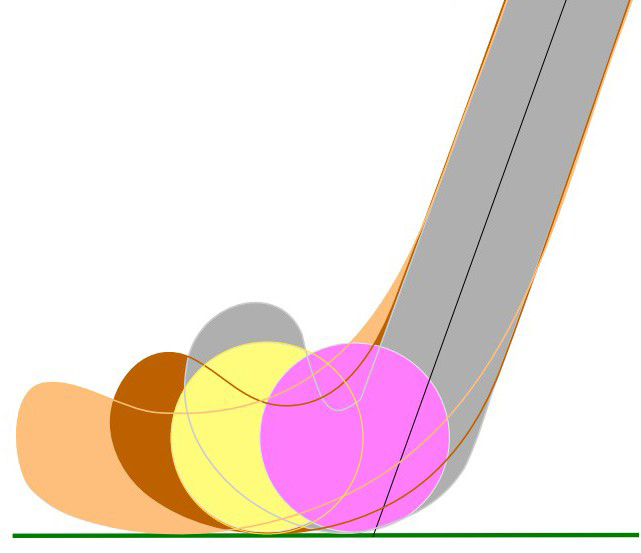I can still remember the days when the only option was a wooden hockey stick and I would take to the field for games at school with some rather sorry looking equipment. Technology marches on and these days a wide range of composite hockey sticks are available, many at very reasonable prices. If you are trying to choose a new composite stick and are new to the sport the terminology can be a little confusing and so here is a quick guide to help you along the way.
Carbon
Composite sticks are formed from a carefully formulated mixture of materials. The resulting equipment can behave very differently depending on the exact make-up of the stick and your personal preference will depend on your skill set and the position you play on the field. It is the carbon element of the stick which stiffens it. The higher the proportion of carbon, the stiffer the stick and the greater the power generated when striking the ball. The compromise here is feel. Stiffer sticks afford less feel and more vibration at impact although the manufacturers utilise new technologies to reduce vibration as much as possible. Sticks with a high carbon content will not be the cheapest on offer and beginners will find them difficult to
play with.
Aramid
Aramid is heat resistant ultra strong fibre which you may know better as Kevlar. Aramid is included in the construction of hockey sticks to strengthen the material and make it less brittle and therefore less likely to break under stress.
Bow
Hockey sticks are slightly curved to aid control and this curve is known as the bow. The bow can be positioned at different points on the shaft to enhance various skills. For instance a low bow (bow lower down the shaft) is better for those who execute the drag flick whereas a mid bow better suits all-rounders. It is best to test out sticks with different bows to see which best suits your game before making your choice.
Toe
The toe or head style that is right for you will depend on the position you play. A shorti head is best for ball control at speed and is favoured by attacking players. A midi head has a larger surface area and greater hook and suits beginners and midfield players. A Maxi head is preferred by defensive players having a larger receiving area as is the J or hook head which is has an even larger surface and is also great for drag flicking.
Whichever kind of stick you are considering do bear in mind that most models are available in different lengths to suit the height of the player concerned so check out the right size for you. Set a budget that reflects your playing ability. If you are just starting out there is no sense in spending a fortune on an advanced level stick when you are still getting to grips with game. Once your skills develop and you have found your best position on the field you can then choose the equipment that suits your game.
Byline
Article by Sally Stacey

